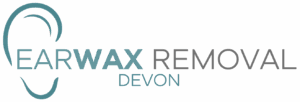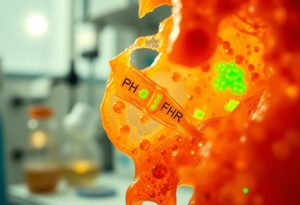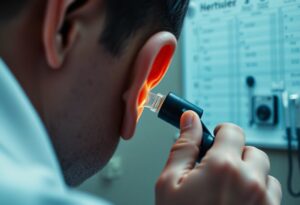You may find yourself needing professional earwax removal at an ENT clinic for various reasons, including hearing issues or discomfort. This informative guide will walk you through what to expect during your appointment, highlighting the methods used by professionals, the benefits of seeking expert care, and how it can improve your ear health. Understanding the process can alleviate any concerns you might have and prepare you for a straightforward and effective treatment experience.
Key Takeaways:
- Professional earwax removal is typically performed by an ENT specialist using safe instruments or suction techniques.
- Patients may undergo a thorough evaluation before the procedure to assess ear health and blockages.
- Post-removal care may include instructions for maintaining ear cleanliness and managing any discomfort.
The Anatomy of Earwax: More Than Just Wax
Understanding Cerumen Production
Your earwax, or cerumen, is produced by the ceruminous glands in the ear canal. This natural substance forms to protect the ears from dust, dirt, and microorganisms. Factors such as age, environmental conditions, and body physiology influence how much cerumen is produced, leading to variations in consistency and quantity among individuals.
The Role of Earwax in Ear Health
Earwax serves multiple protective functions within your ear. It traps debris, helps lubricate the ear canal, and has antibacterial properties that mitigate infections. Regular turnover of earwax also ensures that your ear canal remains clean and healthy, allowing for optimal hearing and ear function.
In addition to trapping unwanted particles, earwax moisturizes the skin of the ear canal, preventing dryness and irritation. The lipids and fatty acids in cerumen contribute to its sticky consistency, which aids in capturing dust and bacteria. This natural barrier is vital in minimizing the risk of infections and providing a self-cleaning mechanism, as it naturally migrates out of the ear canal, carrying debris along with it. Maintaining this balance is necessary for your overall ear health; excessive buildup can lead to blockages and discomfort, necessitating professional intervention.
Symptoms Indicating a Need for Professional Removal
Excessive Earwax: When to Be Concerned
Excessive earwax can become a problem when it leads to discomfort or blocks the ear canal. If you notice a buildup of wax that causes itching, a sensation of fullness, or difficulty hearing, it’s time to seek professional help. You may also find you are experiencing frequent ear infections, which can be a sign that excessive earwax is affecting your ear health.
Signs of Impaction: Listening to Your Body
Impaction occurs when earwax accumulates and hardens, obstructing the ear canal. If you experience symptoms such as ear pain, hearing loss, or ringing in the ears (tinnitus), it’s imperative to consult an ENT specialist. Moreover, you might notice discharge coming from the ear or a persistent cough, potentially indicating that the wax is pressing against the eardrum.
Listening to your body is vital in recognizing signs of earwax impaction. You might feel a sudden decrease in hearing ability or notice your ear feels blocked. Persistent discomfort or unusual noises in your ear can signal that the wax has hardened or accumulated excessively. Noticing these issues early can help prevent further complications, such as infections or chronic ear problems, highlighting the need for timely professional evaluation.
The Process of Professional Earwax Removal
Initial Consultation: What to Expect
During your initial consultation, a healthcare professional will ask about your symptoms, medical history, and any ear-related concerns. You’ll likely undergo a brief discussion regarding your earwax issues, including any discomfort or hearing loss you’ve experienced. This step ensures the specialist understands your situation before proceeding to a physical examination.
Examination Methods: Tools of the Trade
Your ENT specialist will utilize various tools to examine your ears effectively. Otoscopes, which provide a clear view of the ear canal, are standard. They may also use specialized instruments like ear curettes, suction devices, and microscopes to assess earwax buildup and its impact on your hearing health.
High-quality otoscopes allow for detailed visualization, helping the specialist identify the amount and consistency of earwax present. Ear curettes facilitate gentle removal of wax, while suction devices effectively clear clogs. Microscopes may be employed for better precision, ensuring that the removal process is both thorough and safe.
The Actual Removal Techniques: Irrigation vs. Manual Extraction
Two primary techniques are used during professional earwax removal: irrigation and manual extraction. Irrigation involves flushing the ear canal with warm water or saline, effectively loosening and dislodging wax. Manual extraction, on the other hand, employs tools like curettes or forceps for direct removal of the earwax by hand.
Irrigation is often preferable for soft or loose earwax, as it minimizes discomfort and can be more efficient. However, for hardened wax or when there are concerns about the ear canal’s structure, manual extraction might be the recommended approach. The choice of technique depends on your specific case and the professional’s assessment of what will work best for your needs.
Aftercare Insights: Caring for Your Ears Post-Procedure
Maintaining Ear Hygiene
Following your earwax removal, maintain proper ear hygiene to prevent future blockage. Gently clean the outer ear with a soft cloth; avoid inserting any objects into the ear canal. Consider using a saline spray or dropping a few drops of mineral oil occasionally, as this can help keep the ear canal moist and free from excess wax build-up.
Signs of Complications to Watch For
After the procedure, stay vigilant for signs indicating potential complications. Symptoms such as persistent pain, discharge, or significant changes in hearing may signal issues requiring immediate attention. Additionally, if you experience dizziness or a feeling of fullness in your ear, contacting your ENT specialist is advisable.
If you notice continuous pain that doesn’t subside after a few days, or if there’s any yellow or green discharge, it can indicate an infection. Sudden changes in hearing, like muffled sounds or ringing, warrant a quick consultation. In a few cases, those experiencing dizziness may have underlying conditions exacerbated by the procedure, making it necessary to seek follow-up care promptly.
The Benefits of Professional Earwax Removal
Healthier Ears: More Than Just Comfort
Undergoing professional earwax removal significantly contributes to your overall ear health. Accumulated wax can trap moisture and create an environment conducive to bacterial growth, potentially leading to infections. Clean ears not only feel more comfortable but also reduce the likelihood of developing issues such as earaches or tinnitus. Regular cleanings by an ENT specialist ensure your ear canals remain clear, promoting long-term auditory health.
Improved Hearing: The Impact of Clean Ears
Professional earwax removal enhances your hearing quality by eliminating blockages. When earwax builds up, it can obstruct sound waves, leading to muffled sounds and a perceived hearing loss. Removal helps restore clarity, allowing you to fully engage in conversations and enjoy music without straining to hear.
Restoring your hearing through professional earwax removal can have remarkable effects on daily life. Studies show that individuals experiencing a reduction in earwax accumulation report a significant improvement in sound perception. This is especially vital for those who may struggle with age-related hearing loss, as even minor blockages can amplify existing challenges. Maintaining clear ears allows you to participate more fully in social interactions and activities, fostering connections that may have been hindered by diminished hearing acuity.
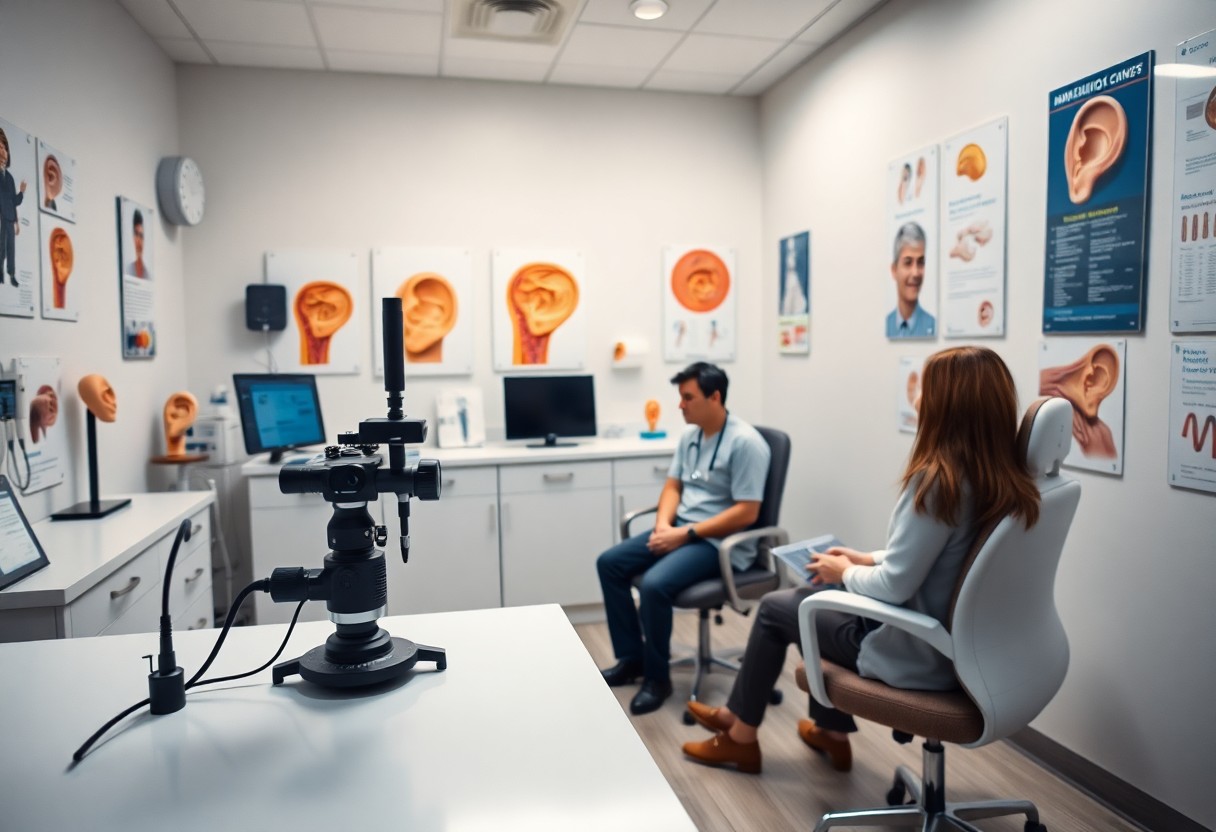
Myths and Misunderstandings About Earwax
Debunking Common Misconceptions
Your understanding of earwax may be influenced by various myths. One common misconception is that earwax is dirty and should always be removed. In reality, earwax serves an necessary purpose, protecting your ears by trapping dust and debris, and preventing infections. Over-cleaning can lead to issues instead of improving ear health.
Clarifying the Risks of DIY Removal
Many individuals resort to DIY earwax removal practices, thinking they can manage the situation without professional help. However, these methods often pose significant risks, including damage to the ear canal, potential perforation of the eardrum, and even hearing loss. Using items like cotton swabs can push wax deeper, exacerbating the problem rather than solving it.
Statistics indicate that approximately 12 million people in the U.S. seek treatment for earwax blockage each year due to ineffective DIY attempts. People often underestimate the delicate balance required for proper ear hygiene. Attempting to remove earwax with hazardous objects or incorrect techniques not only complicates the situation but may lead to serious complications, requiring further medical intervention. Your safest option is to defer to an experienced ENT specialist who can perform the task with precision and reduce the risk of complications.
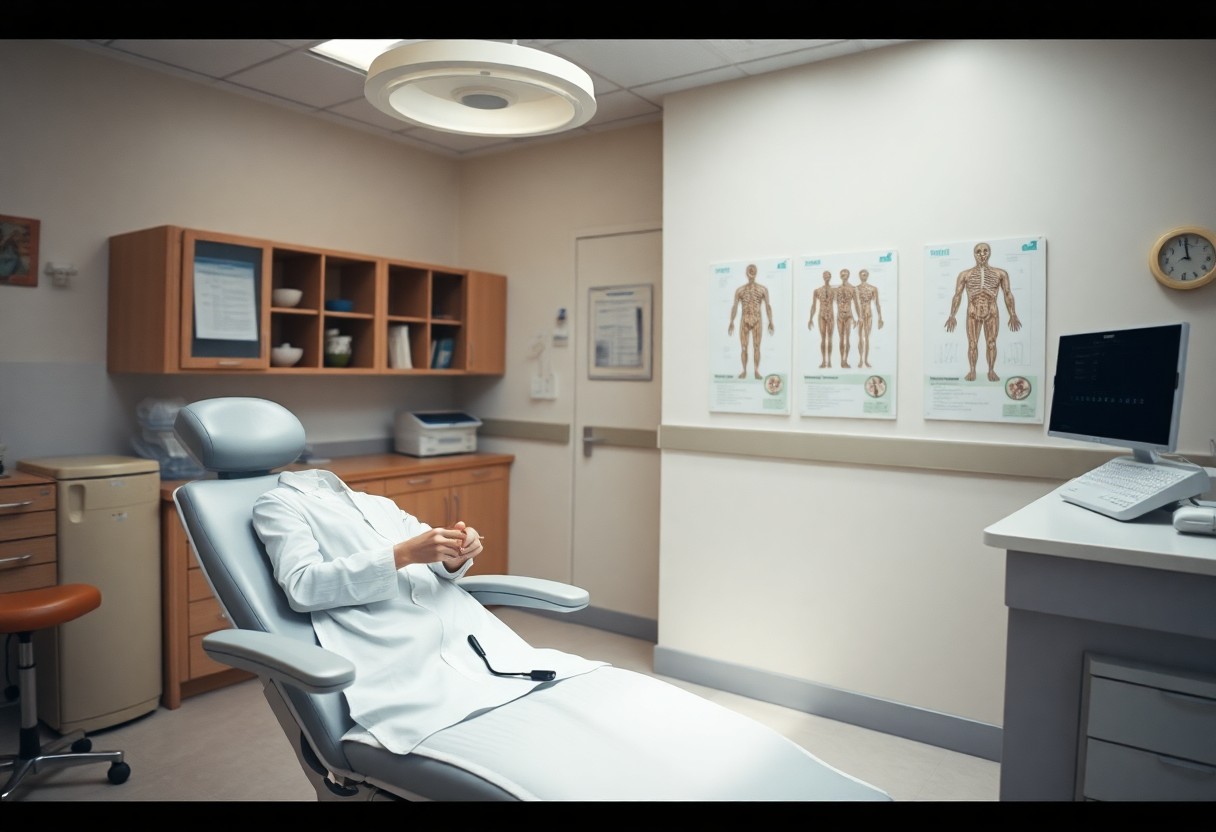
Preparing for Your Visit to the ENT Clinic
What to Bring Along: Documents and Questions
Gather your insurance information, identification, and any relevant medical history or previous treatment records. Preparing a list of questions or concerns about your earwax issue will ensure you address your needs effectively during the visit. Consider including inquiries about the procedure, potential risks, or aftercare to enhance your understanding and comfort level.
What to Expect During Your Visit
Your visit will start with a consultation, where the ENT specialist will review your medical history and assess your symptoms. A physical examination of your ear will follow, often using an otoscope for a clear view of your ear canal. You can expect to discuss the best removal method tailored to your needs.
The procedure can involve methods such as irrigation, suction, or manual extraction, all of which are designed to be safe and effective. The entire process typically takes about 30 minutes, with most patients experiencing immediate relief afterward. The ENT professional will also provide you with aftercare instructions, ensuring a smooth recovery and optimal ear health moving forward.
The Cost Factor: Understanding the Financial Implications
Average Costs of Earwax Removal Procedures
The average cost of professional earwax removal ranges from $75 to $200, depending on the clinic, your location, and any additional services provided. For instance, some clinics may calculate costs based on the duration of the appointment or the specific techniques used, such as irrigation or microsuction. It’s advisable to inquire about the pricing structure prior to your visit to avoid unexpected expenses.
Insurance Coverage and Options
Insurance coverage for earwax removal varies significantly. While some plans may include this service under preventive care, others classify it as a specialty procedure requiring a copayment or deductible. Checking directly with your insurer can clarify the extent of your coverage and any potential out-of-pocket costs.
Many insurance companies may categorize earwax removal as medically necessary if it leads to more severe issues such as hearing loss or infection. If earwax buildup is impacting your daily life, obtaining documentation from your ENT specialist could enhance your chances of receiving coverage. Additionally, some providers offer payment plans or financing options that can ease the financial burden. Always keep receipts and any relevant documentation to facilitate reimbursement from your insurance provider.
Summing up
Drawing together the insights on professional earwax removal, you can expect a thorough examination of your ears at the ENT clinic, where trained specialists will assess your condition and determine the best removal method. The process usually involves gentle suction or irrigation, ensuring your comfort and safety. Post-procedure, you may experience improved hearing and relief from discomfort. Taking care of your ear health regularly can prevent complications, making visits to the ENT beneficial for your overall well-being.
FAQ
Q: What is professional earwax removal?
A: Professional earwax removal is a procedure conducted by an ENT specialist to safely and effectively remove excess earwax (cerumen) from the ear canal using specialized tools and techniques.
Q: Why might I need to visit an ENT clinic for earwax removal?
A: You may need to visit an ENT clinic for earwax removal if you experience symptoms such as hearing loss, earache, fullness in the ear, or if you have difficulty cleaning your ears and suspect a buildup of wax.
Q: What should I expect during the earwax removal appointment?
A: During your appointment, the ENT specialist will first examine your ears using an otoscope. Depending on the amount of earwax, they may use techniques such as irrigation, suction, or curettage to remove the earwax safely.
Q: Is the earwax removal procedure painful?
A: Most patients find the procedure to be painless. Some may feel mild discomfort or pressure, but it is generally well-tolerated and quick.
Q: How long does the earwax removal procedure take?
A: The earwax removal procedure typically takes between 15 to 30 minutes, depending on the complexity of the earwax buildup and the methods used for removal.
